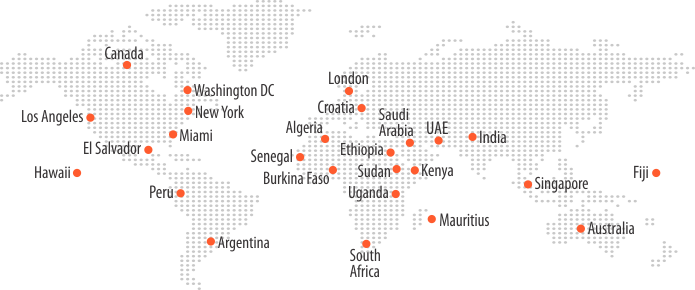Streamlining VoIP Termination Services

VoIP traffic is increasing because it is a more affordable alternative to time-division multiplexing (TDM) calling and satisfies the need for wholesale termination arrangements to ensure that calls reach their intended destination regardless of whether the originating carrier has facilities in that geography. A carrier’s success depends highly on which carrier it chooses for VoIP termination services due to its impact on expenses, revenues, profit margins, and, ultimately, customer satisfaction.
While previously, large carriers worked directly with one another to create termination agreements, the number of wholesale providers has since increased and smaller carriers with tighter local presence have emerged, creating a competitive marketplace with additional options for carriers. The larger operators now need to position themselves such that the smaller carriers can interact and exchange information with them easily.
The decision on which carrier to select and negotiate with to derive a deal is becoming increasingly complex. Considerations include pricing model: namely, fixed rate, usage-based or arbitrage. Carriers with fluctuating traffic may be better served with an arbitrage model that is more responsive to irregular call volumes. With access to a large community of termination service providers, carriers may choose to request pricing based upon specific needs, creating a more customized situation. Rates quoted are based on a per minute fee for the duration of each call. Only calls that are completed are charged.
Interconnection platforms have been developed through which carriers can make pricing deals, configure routes and exchange traffic. This wholesale platform acts as a stable environment in which carriers can generate new revenue streams across a range of telecoms services. These platforms also enable carriers to reduce cost and improve margins, and allow carriers and customers to have an easier sales and purchasing procedure.
SEE ALSO: Keeping it Simple: Reducing the Complexity of VoIP Termination Services
The trading and acquisition process occurs among a community of global network of operators through a secure, simple online portal. The platforms also provide business and policy management features to monitor and troubleshoot activities, which in turn improve customer satisfaction. Furthermore, users can use the platform as a database to track partner and customer details, including financial and technical details, in one centralized location for effective tracking and management of business.
Managing and tracking network routing can be a complex task, as organizations, including mobile network operators (MNOs), mobile virtual network operators (MVNOs), Tier 1 carriers, retail players, enterprise customers and service providers seek cost-effective solutions for maximum redundancy and transparency. Consequently, it is becoming important for the termination providers to assure carrier customers of quality, direct routing, network management and call completion rates supported by route redundancy and network management platforms.
This content was originally published at https://telecomnewsroom.com






